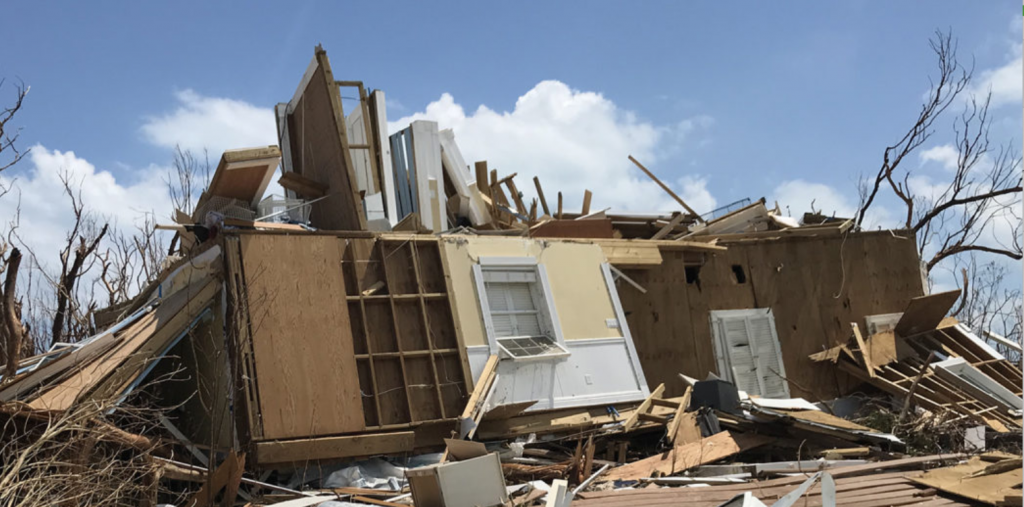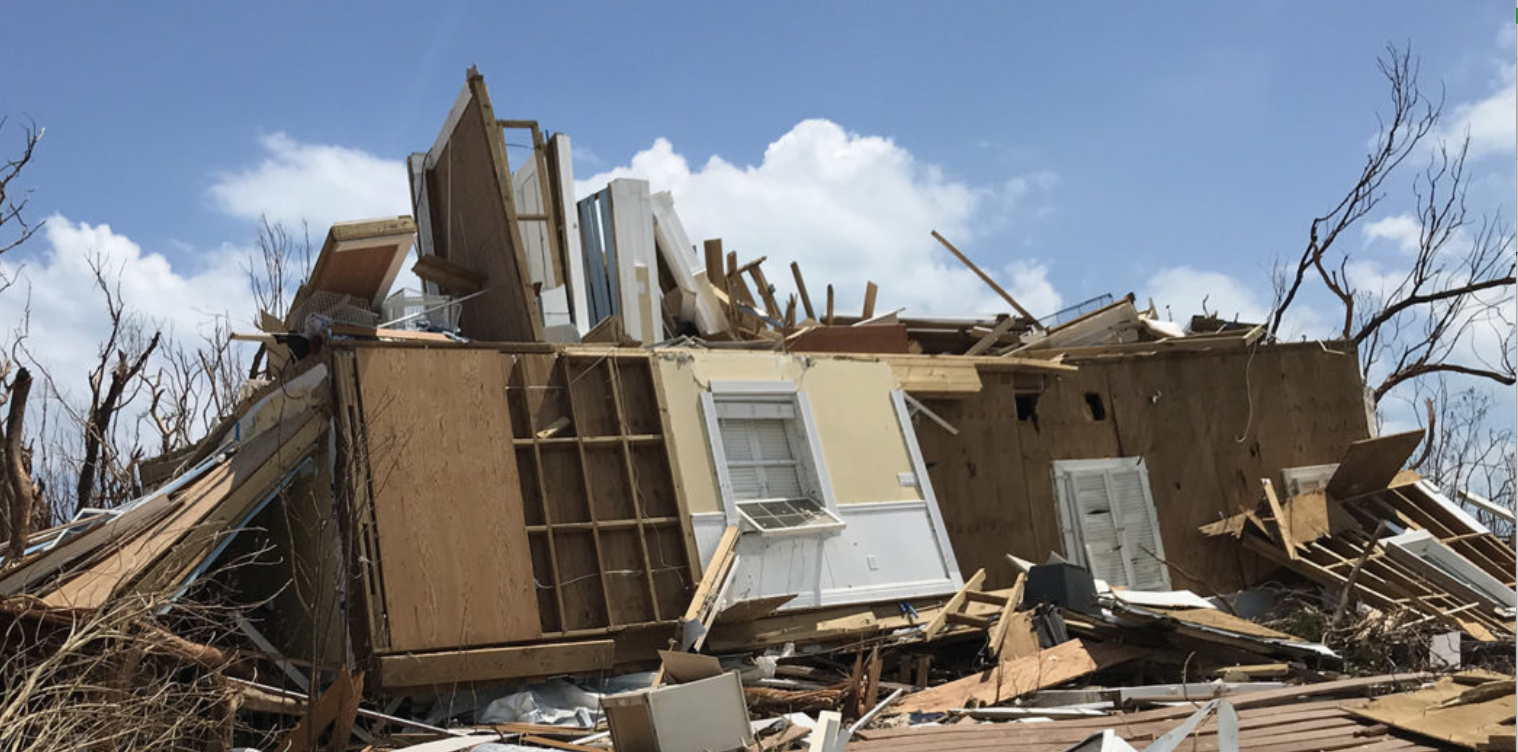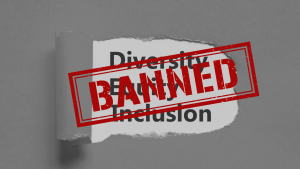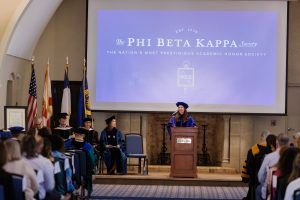
Family businesses torn apart and seaside houses swept away are nightmares to most, but for Katherine Graham (‘23) and her extended family they are reality, since they have generations of roots in The Bahamas.
When it appeared that Hurricane Dorian would hit Orlando at the end of August, Rollins announced a mandatory evacuation for all students.
After a difficult decision, Graham chose not to go back home for the hurricane. Her dad was not sure if she would be able to leave the island if the hurricane took an unfortunate turn.
In Abaco and Freeport, where the Category 5 storm hit, there are “so many little islands that make up a sector, like Abaco,” said Graham.
In all of Abaco, there are only a few airports, which are only accessible by ferry, and a flight only comes in once every two days, Graham explained.
Once the nature of the storm became a reality, the ferries closed down quickly. Prior to the closures, some people did not have the money to pay for trips. Residents were trapped.
What followed in the next few days was unimagineable to Graham and her family. When Dorian hit the islands of Grand Bahama and Great Abaco, the destruction was devastating.
Fortunately, her father resides in Nassau on New Providence Island, which only received Category 2 winds.
However, her relatives on Great Abaco lost their houses and their businesses to Dorian. Her uncle had to be rescued by a helicopter due to injury.
“I have had many sleepless nights over what is happening to my home and how I feel helpless not being there,” Graham said. “I want to be on the ground giving out food and water, helping go through the debris and clean up the island. Because before rebuilding can even happen on some island[s], we need to clean all the damage.”
Although Graham’s aunt, Rebecca Lightbourne, was not in Abaco during the storm, her property was destroyed. Lightbourne owned a boutique, managed a resort property, and worked at her parents’ family-owned beach resort, Flip Flops on the Beach, on the Abaco Islands.
Lightbourne now resides in East Hampton, NY, and her story was featured in The Independent, an East Hampton newspaper.
“In a matter of hours, [Lightbourne] lost everything. None of the properties, including her home on the island, were hurricane insured. Her parents’ house in Elbow Cay, not even on the water, but at high elevation, vanished too,” wrote The Independent.
The resort that Lightbourne and Graham had family ties to, Flip Flops, was devastated.
Graham said, “I have spent many of family holidays there with everyone, between late-night karaoke out on the porch or easter egg hunts. It is a wonderful place that I do hold close to my heart. I have tons of childhood memories out there in Guana Cay, Abaco.”
Now that Graham is going to school in America, it is difficult being away from home and seeing the aftermath of the storm.
“I won’t sugarcoat it; it sucks,” she said. “I’m trying to stay positive and get through school, but luckily there are people who have been there to support me.” Every day, one of her friends from home texts, “Bahamian We Stand Strong” to keep her spirits up.
Graham is trying to help in any way she can from afar, “whether its spreading awareness online of what is really going on, or connecting with other Bahamians in Florida to getting donations to the right place,” said Graham.
One of the best ways to help the Bahamas is to travel to the islands that are unaffected by Dorian, said Graham.
“Tourism alone provides an estimated 60% of the gross domestic product (GDP) and employs about half the Bahamian work force,” according to the Bahamas Ministry of Tourism website.
“So many of my friends have asked if they should cancel their trips, but the best thing travelers can do right now is travel to The Bahamas,” said Graham. She emphasized there are hundreds of unaffected islands that can still be visited.
Many Americans do not realize that The Bahamas is an independent country comprised of more than 700 islands, all varying in size. “We’re spread far and wide. We’re like little communities,” said Graham.
The destruction that two of the country’s largest islands have undergone is being heavily broadcasted across the US and even the world. Graham is concerned about the false image that this coverage is sending to Americans and potential tourists.
Graham has been working closely with the Center for Leadership and Community Engagement (CLCE) to plan the best possible solution for fundraising on campus.
“There’s a lot of progress and a lot of work behind-the-scenes happening. We’re trying to just figure out what would be the best thing to bring to campus and the best way to spread awareness,” said Graham.
In the next few weeks, CLCE will continue to update students on the best ways to help The Bahamas. For now, messages of support are greatly appreciated.







Be First to Comment